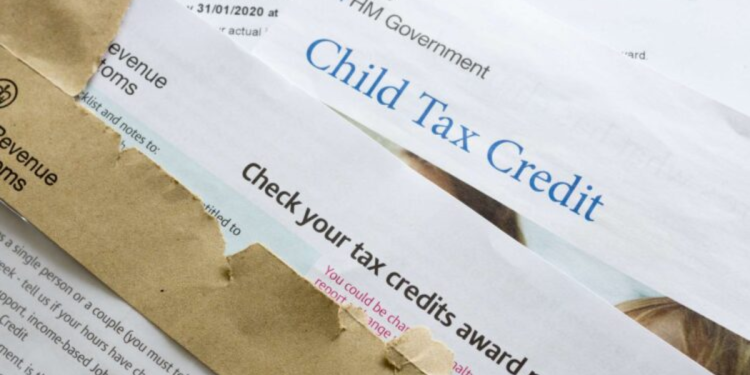As economic challenges continue to impact American families, various financial relief measures, including the Child Tax Credit, have been introduced to help parents and caregivers meet rising costs. Recently, the U.S. government confirmed that families may receive up to $3,600 per qualifying child. This initiative is designed to reduce tax burdens and potentially provide a refund, offering substantial support to households across the country.
What is the Child Tax Credit?
This Article Includes
The Child Tax Credit (CTC) is a tax relief measure aimed at reducing the financial load on families by lowering their tax liability. Qualifying parents or guardians can receive up to $3,600 per eligible child, depending on income and other criteria. While a portion of the CTC is refundable, meaning taxpayers may receive a cash refund even with little or no tax liability, the full amount is not directly payable in cash. Consequently, families with lower tax liabilities may not benefit from the entire $3,600.
Who is Eligible for the Child Tax Credit?
Eligibility for the CTC hinges on meeting specific criteria related to dependency, residency, support, and relationship. Here’s a breakdown of these requirements:
- Dependency: The child must be a dependent on the taxpayer’s return.
- Residence: The child should have lived with the taxpayer for at least half of the tax year.
- Financial Support: The taxpayer must have provided at least half of the child’s financial support during the year.
- Social Security Number: The child must have a valid Social Security number.
- Relationship: The child must be a direct relative, such as a son, daughter, stepchild, foster child, or a descendant of these relatives (e.g., grandchild).
Families must meet all these conditions to qualify, though not everyone with a dependent child will automatically receive the full credit due to income limits.
Income Limits for the Child Tax Credit
The Modified Adjusted Gross Income (MAGI) threshold for the Child Tax Credit is set at a maximum of $400,000 for married couples filing jointly and $200,000 for single filers and other statuses. Those with incomes above these thresholds may still receive a reduced credit, with the benefit decreasing by $50 for each $1,000 over the limit.
For example, a joint filer with a MAGI of $405,000 would see the credit decrease to $1,750. These high limits ensure that a significant portion of taxpayers qualify for the credit, provided they meet the other criteria.
When Will Families Receive the Child Tax Credit?
Families eligible for the Child Tax Credit typically receive the benefit after filing their annual tax returns. The tax filing season generally begins in January, with most taxpayers required to file by mid-April. According to the IRS, those who file electronically and choose direct deposit can usually expect refunds within 21 days, assuming no issues arise with their returns.
Filing electronically is recommended for faster processing, as paper filings can delay refunds considerably. Working with a certified tax advisor can help ensure all favorable policies are applied.
State-Specific Child Tax Credit Initiatives
In addition to federal support, several states have adopted their own Child Tax Credit programs to assist local families with essential expenses. Each state’s program varies, with some offering cash refunds while others provide childcare vouchers or additional benefits. Families are encouraged to explore their state’s CTC options and consult with a tax professional to maximize their benefits.
Maximizing Your Child Tax Credit Benefits
For families to make the most of the Child tax credit, filing early and ensuring all eligibility criteria are met is essential. Given the economic difficulties facing many households, the CTC can be a valuable tool to reduce tax burdens and increase financial stability. By consulting a tax professional, families can navigate the complex eligibility requirements and receive all applicable benefits.
The $3,600 Child Tax Credit is a critical support mechanism for American families. It provides much-needed relief and helps parents secure a more stable financial future for their children.

